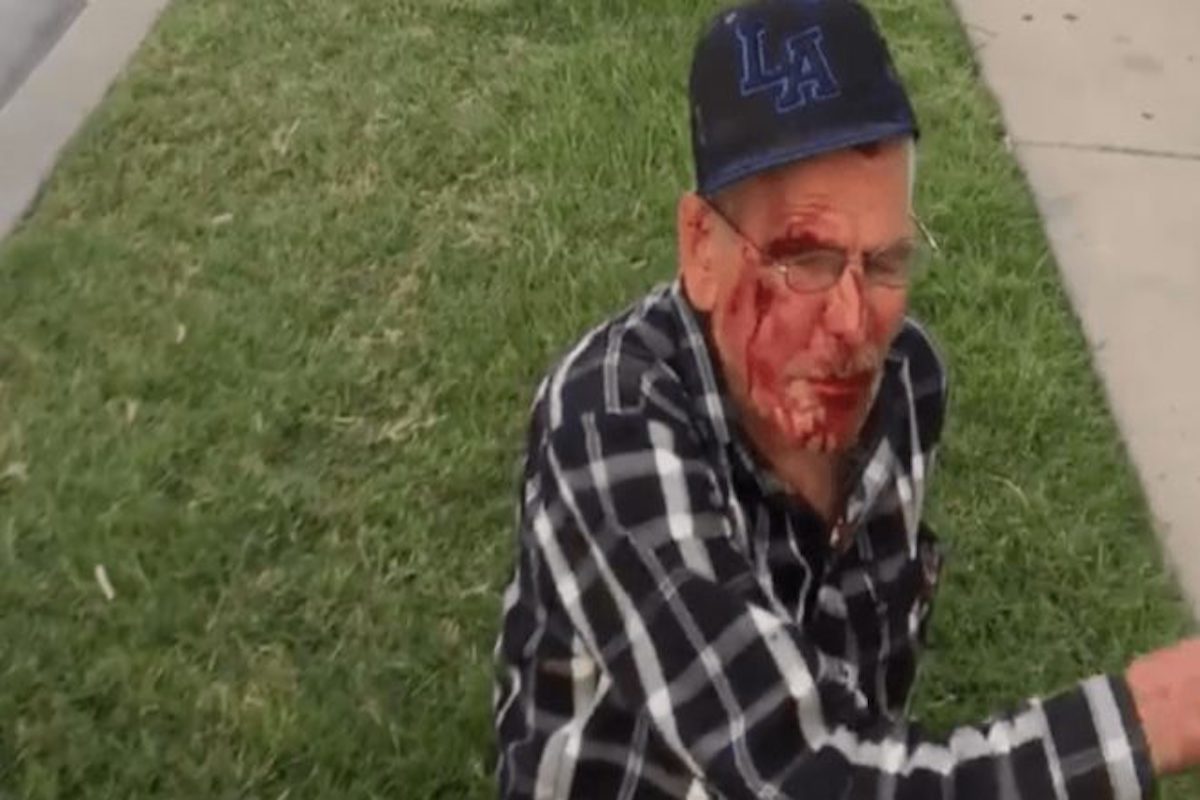

The senseless beating of 92-year-old Mexican grandfather Rodolfo Rodriguez by Willowbrook resident Laquisha Jones on July 4 demonstrates the continued misunderstanding and disconnect between Latinos and African-Americans in South Los Angeles.
This is an area that has gone through various demographic transformations. Before World War II, South LA was a mainly white population. In fact, a salesman selling oil-drilling equipment named George H. W. Bush lived at 624 Santa Fe, Apartment A, Compton, CA. The Bush family spent part of their life in Compton. However, in the middle of the 1950s, white flight took hold.They began selling their homes in the post-World War II boom and moved to other suburban areas that fit their demographics. I use this example to juxtaposition the views of a Compton then to now.
African-American families previously barred from living in the “white neighborhoods” moved in. This was accelerated during the Civil Rights Movement, bringing people together in a previously inaccessible region. The racial and economic divide plagued the community by continued discriminatory policies. By the 1980s, it had one of the largest unemployment rates and lowest income per capita in the nation. Crime followed with gangs and drug dealers as ways to make money in the community.
In the 1990s, large waves of Mexican and Central American immigrants and refugees settled in the area. The community went through another demographic change. In the following decades, the Latino population increased to account for 70% of the population. Compton, a city of 100,000, is now a majority Latino city. Yet it elected its first-ever Latino city council member, Isaac Galvan, in 2013.
The attack of Rodolfo Rodriguez is not an anomaly. Bigoted acts of hate have existed in the area for half a century by both groups. This act of black-on-brown violence is the most recent high-profile incident. I ask: when will this power struggle end between brown and black end?
Maribel Abesis, a witness to the Rodriguez incident heard Jones scream, “Go back to your country. Go back to Mexico!”
Similarly, this brings back memories of the Jefferson High School student in 2005 who shouted, “Go back to Africa!” in the ensuing race riot.
The Rodriguez attack occurred on July 4, a day celebrated in the nation for its fight for independence (afforded only to white males) and the birth of a country that allows for the freedom of expression in all its forms.
As a Mexican-American who from South LA, I can attest there exists a sense of “otherness” from both groups. A feeling of resistance from African-Americans that their community is being taken over and jobs are being stolen. Latinos clamor for separated areas between the groups due to racial tensions and their own racial prejudice that blacks don’t work hard.
The power struggle between both groups occurs daily in countless unreported transactions inside the community. We must understand the environment and the struggles that persist. Our community has more similarities than differences. We suffer from low graduation rates, unemployment, and victims of an unfair justice system. There is a communication breakdown between our groups.
We must use this terrible incident as a moment of learning and create bridges of understanding to the complex history shared between both groups.
It will be the only way to advance as a community. Nothing will change unless we realize that we have more that unites us than divides us.
***
Elvis Diaz is a current junior at Columbia University, studying Political Science. He is a resident of Watts. His op-eds and quotes can be found on the Los Angeles Times, The Tab, and Mic. He tweets from @elvisudiaz.


